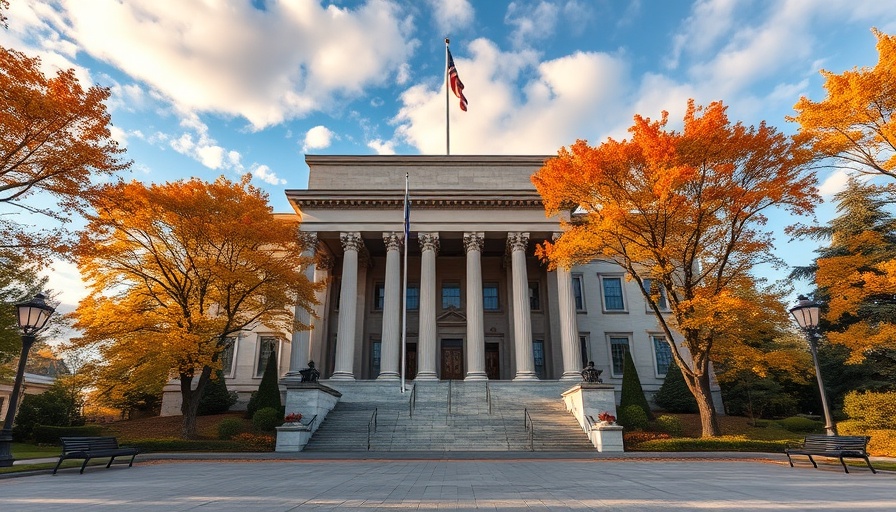
A Major Ruling: Judge Blocks EPA's $14 Billion Grant Cancellation
In a pivotal ruling on March 19, 2025, United States District Judge Tonya S. Chutkan impeded the Trump Administration's Environmental Protection Agency (EPA) from cutting off $14 billion in grants designated for climate initiatives. This decision comes as a blow to the previous administration’s efforts to challenge funds designed to combat climate change and promote clean energy.
Understanding the Green Bank and Its Importance
The grants in question were awarded to various climate groups under a program known as the Greenhouse Gas Reduction Fund, part of Joe Biden's 2022 Inflation Reduction Act. The intent behind these funds is straightforward: to catalyze both public and private investments in sustainable, clean-energy technologies such as solar panels and heat pumps, especially in underserved communities. Recipients included the Climate United Fund, Coalition for Green Capital, and Power Forward Communities, highlighting a strategic aim towards social equity in climate action.
The Rationale Behind the Judge's Decision
Judge Chutkan criticized the EPA for its vague claims of fraud and mismanagement, stating that such unsubstantiated assertions do not justify halting these significant funds. Her ruling also emphasized the importance of due process, indicating that governmental entities must adhere to established legal frameworks when terminating grants. "The government can’t just void contracts and void agreements and terminate things without following its own regulation," remarked Judge Chutkan.
Potential Future Implications for Climate Funding
With the grants temporarily preserved in Citibank accounts, this ruling not only protects these funds but also suggests a broader scrutiny of how climate funds are administered. Climate United CEO Beth Bafford expressed optimism, describing the ruling as a step towards securing long-term solutions that enable investment in projects that create jobs and possibly bolster manufacturing efforts in the U.S.
This legal decision resonates deeply with California homeowners and communities aiming for energy efficiency and sustainable living practices. As climate initiatives gain momentum, it is crucial to stay informed about how judicial rulings can influence funding and support for local environmental projects.
Act Now to Support Climate Initiatives!
As we navigate the complexities of environmental policy and funding, staying informed is paramount. Engage with local efforts aimed at promoting green initiatives in your community. Advocate for support, share information with friends and family, and consider how you can contribute to a more sustainable future.
 Add Row
Add Row  Add
Add 




Write A Comment